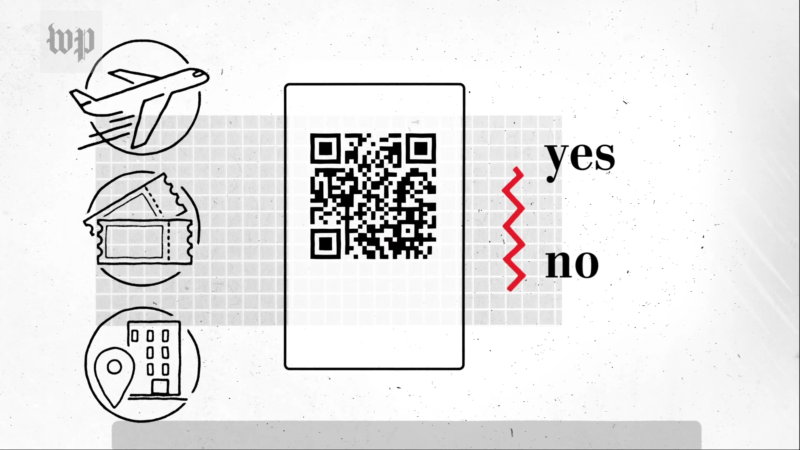There’s a generally low level of ’employee engagement’ (people who like their job) in the world, according to a long running research project by Gallup.
The study shows around 60-70% of people are working in roles they’re not really engaged with. Worse than that, around 20% of people actively dislike their job. This global workplace malaise is a drag on productivity and is reckoned to cost billions in lost GDP through absenteeism, stress-related illness, and the costs of staff turnover.
It’s time to consider the fightback, namely a new movement collectively known as ‘workplace gamification’.
Gamification isn’t to be confused with gaming or having fun. It refers to applying the same behavioural psychology used by game designers (as in board games, computer games etc.) to motivate employees to become more productive. It’s not a fad, nor is it merely management jargon for staff incentive schemes or gimmicks like ’employee of the week’ prizes or ‘desk beers’ on a Friday.
Gamification programmes use systems that reward employees for completing tasks, achieving personal goals, and developing skill levels. Their progress enables ‘active management’, the process of using qualitative staff performance data to understand individual employee strengths and allocate tasks accordingly. The win is obvious, give people jobs they are good at and they’ll be happier and more productive as a result.
Yes. And no. There is a large body of credible, peer-reviewed research that confirms workplace gamification is effective. Except, as with all things, there’s a caveat: it usually isn’t. Research by Gartner suggests that around 80% of workplace gamification projects fail due to poor implementation. The problem is simple: The behavioural psychology of gaming isn’t easy to deploy in the workplace.
The problem is simple: The behavioural psychology of gaming isn’t easy to deploy in the workplace.
To illustrate the problem, consider the modern trend for gamified fitness technologies like Fitbit. Fitbit uses gamification to encourage people to exercise, but the Fitbit gamification model requires hardware and software, plus a user-experience app for people to monitor their gamified progress. And that, in turn, requires a level of commitment from the user to set goals for themselves and engage in the gamified experience. It also relies on Fitbit data to be interoperable with other systems, like the GPS on your smartphone, third-party apps and services. It’s behavioural psychology that requires a complex hardware-software ecosystem to work.
That model works in a consumer context, with marketing, advertising, retail distribution and so on, but taking that kind of ecosystem and re-creating it within a workplace – which has more strictly defined rules and systems than the consumer world – presents a different level of technical and organisational challenge, plus significant capital investment and staff training.
Apart from the complexity and cost of building gamified workplaces, there’s also another problem. Cheating. Games are, by design, competitive. Which means there’s a tendency for badly designed gamification projects to pit employees against each other, damaging workplace morale. That competition often drives people to game the system, for example, software giant SAP reportedly had to cancel a project that rewarded staff for answering online community forum messages because some employees were answering their own messages (posted with fake IDs) to boost their performance stats.
There is also one huge long term challenge for gamification to fix the employee engagement problem. There’s much less upward mobility within most companies than in decades past, caused by a decline in middle-ranking jobs between the low pay end of a company and the executive levels. The traditional career ladder is broken.
Gamification doesn’t address this general lack of career progression, which the key factor in staff turnover rates. This is particularly noticeable with ‘job-hopping’ graduate recruits, who today change employer over twice as often in their first 5 years of employment compared to 20 years ago. Without a significant change to the career prospects within companies, gamification merely increases the time people stay in post rather than drive a genuine workplace renaissance.
Gamification doesn’t address this general lack of career progression, which the key factor in staff turnover rates.
The gamification industry is worth around $12bn globally and estimates suggest it’s growing at around 46% per year, projected to continue into the 2020s. But to put that in perspective, the global recruitment industry is around 175 times bigger, and growing at a solid 9% per year. Which suggests money (earning more of it) and job-hopping (career progress by changing employer) are still the most powerful forces affecting the labour market.
The gamification industry is worth around $12bn globally and estimates suggest it’s growing at around 46% per year, projected to continue into the 2020s.
Gamified workplaces will probably become the norm over time, but be wary of the hype. The data suggests it’s an effective treatment for low employee engagement rates, but that doesn’t mean it’s a long-term cure for the global productivity problem.
At Renegade Inc. we’re all about giving people space to make up their own minds. If you want to explore this topic for yourself, here’s a bunch of interesting links we found when researching the topic, that make a good starting point for your own research. Stay curious…
https://www.fastcompany.com/3035257/the-future-of-work/the-pros-and-cons-of-a-gamified-work-culture
https://motherboard.vice.com/en_us/article/when-your-day-job-is-also-your-favorite-video-game
http://www.gameffective.com/5-things-you-didnt-know-about-gamification-in-the-workplace/
http://www.recruiter.co.uk/news/2016/03/ciett-global-recruitment-industry-sees-86-annual-growth/
https://www.theguardian.com/commentisfree/2017/jan/26/working-class-career-ladder-gap-earnings
http://blogs.gartner.com/brian_burke/2014/01/14/the-limits-of-gamification-in-the-workplace/
http://www.economist.com/blogs/freeexchange/2012/09/productivity-and-growth

Author of Medici Money, Tim Parks, discusses the Medici banking dynasty and its legacy.

Has the pernicious creation of hero or saviour complexes derailed the collective good?

What are the consequences of immunity or vaccine passports and will these proposed temporary measures become the norm?